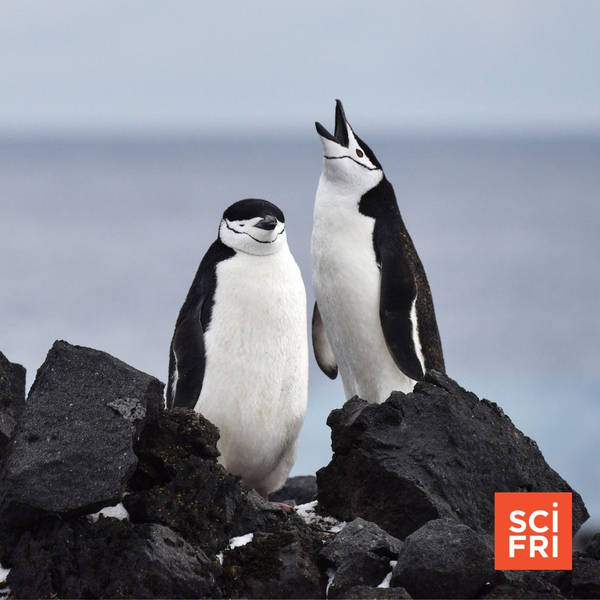
High Energy Cosmic Ray Detected | These Penguins Are The Masters Of Microsleeping
Around 30 years ago, scientists in Utah were monitoring the skies for cosmic rays when they detected a surprising particle. It struck the atmosphere with much more energy than they had previously seen—enough energy to cause the researchers to dub it the “Oh My God Particle.”
Over the years, a collaboration of researchers in Utah and Japan has detected other powerful rays—about 30 a year—but none that rival the OMG. In 2021, however, a second particle was detected. It was only slightly less powerful than OMG, but still many times more powerful than can be created on Earth. That 2021 particle was named “Amaterasu,” after a sun goddess from the Japanese Shinto religion. The researchers described their observations in a recent issue of the journal Science.
The researchers believe the particle must have come from relatively nearby, cosmically speaking, as otherwise it would likely have collided with something in space and lost its energy. However, when they tried to trace the particle back to its origin in space, they were unsuccessful. Both the OMG particle and the new Amaterasu particle seem to have come from empty regions of space, with no violent events or massive structures to create them.
Dr. John Matthews, a research professor in physics and astronomy and manager of the Cosmic Ray Physics Program at the University of Utah, joins Ira to talk about cosmic rays, how they’re detected, and the challenges of finding the origin of particles like Amaterasu.
These Penguins Are The Masters Of MicrosleepingDo you know that feeling when you’re just so tired that your head starts to droop? Your eyes feel heavy? And you drift off for just a moment … before snapping back to alertness, wondering what just happened.
Sleep comes in a variety of snoozes and sizes. We humans are not going to get a full night’s rest by nodding off here and there, but that’s pretty much what some chinstrap penguins do: They doze off more than 10,000 times a day, for just a few seconds at a time. And when you do the math, it can add up to 11 hours of sleep each day, according to a recent study in the journal Science.
Ira talks with study author Dr. Paul-Antoine Libourel, a sleep biologist at the Neurosciences Research Center of Lyon in France, about how the penguins do this and the advantages of microsleeps.
Transcripts for each segment will be available the week after the show airs on sciencefriday.com.
Subscribe to this podcast. Plus, to stay updated on all things science, sign up for Science Friday's newsletters.
